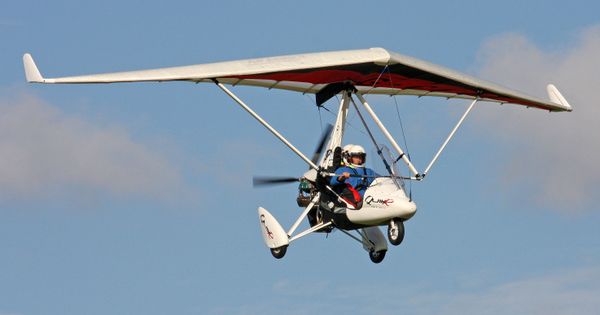Why such a big difference? $30 sounds cheap while $300 is crazy. Is there really a 10 factor cost difference? Are most jumpers novice, or solo?
The list price for a tandem rig is about $15,000. A tandem canopy has a recommended replacement interval (1400-1600), so does the drogue chute (600), drogue bridle (300) and a number of other components. Now each component may just be $3 or $5 per jump, but it adds up. Then you need to pay a rigger to maintain and inspect the equipment. Then you need to pay for 2-3 seats in the plane and staff both on the ground and during the jump. Unless you are in a year around tourist location, you also have only a brief tourist season when you can make money. I don't think anyone gets rich on this.

